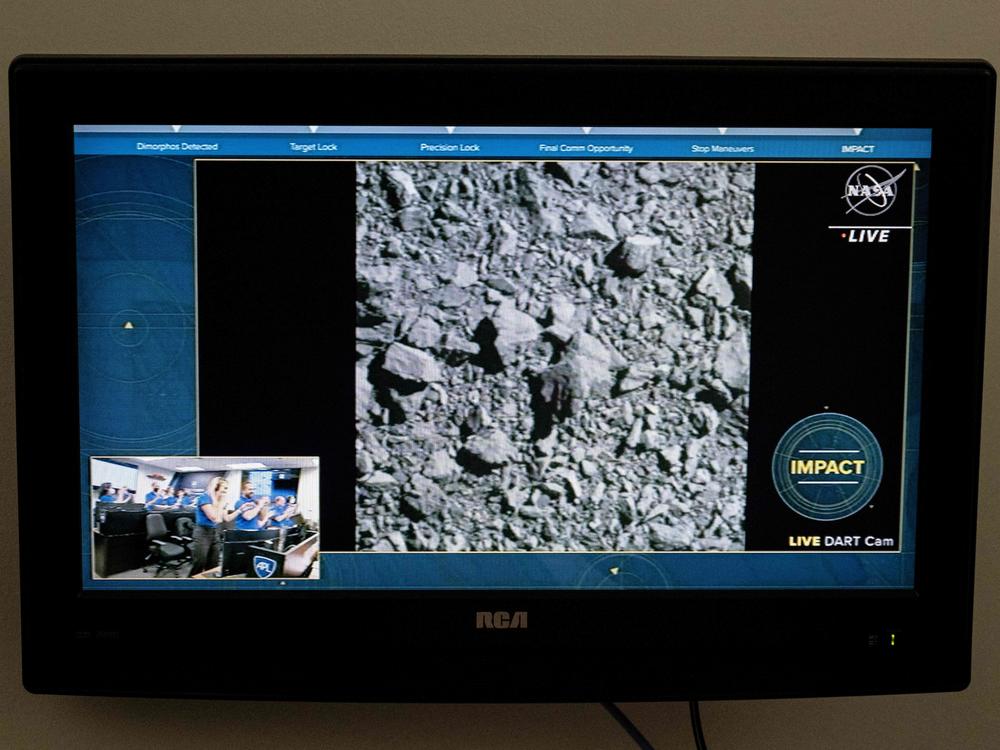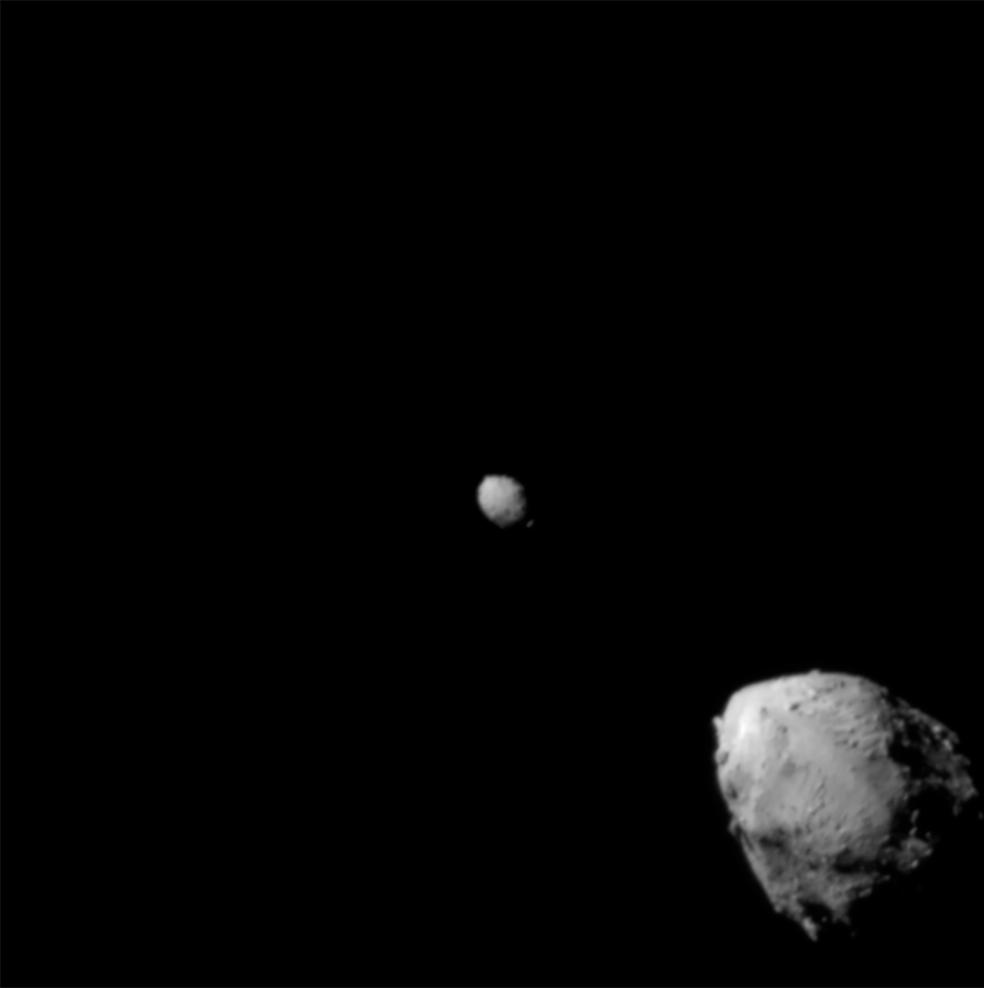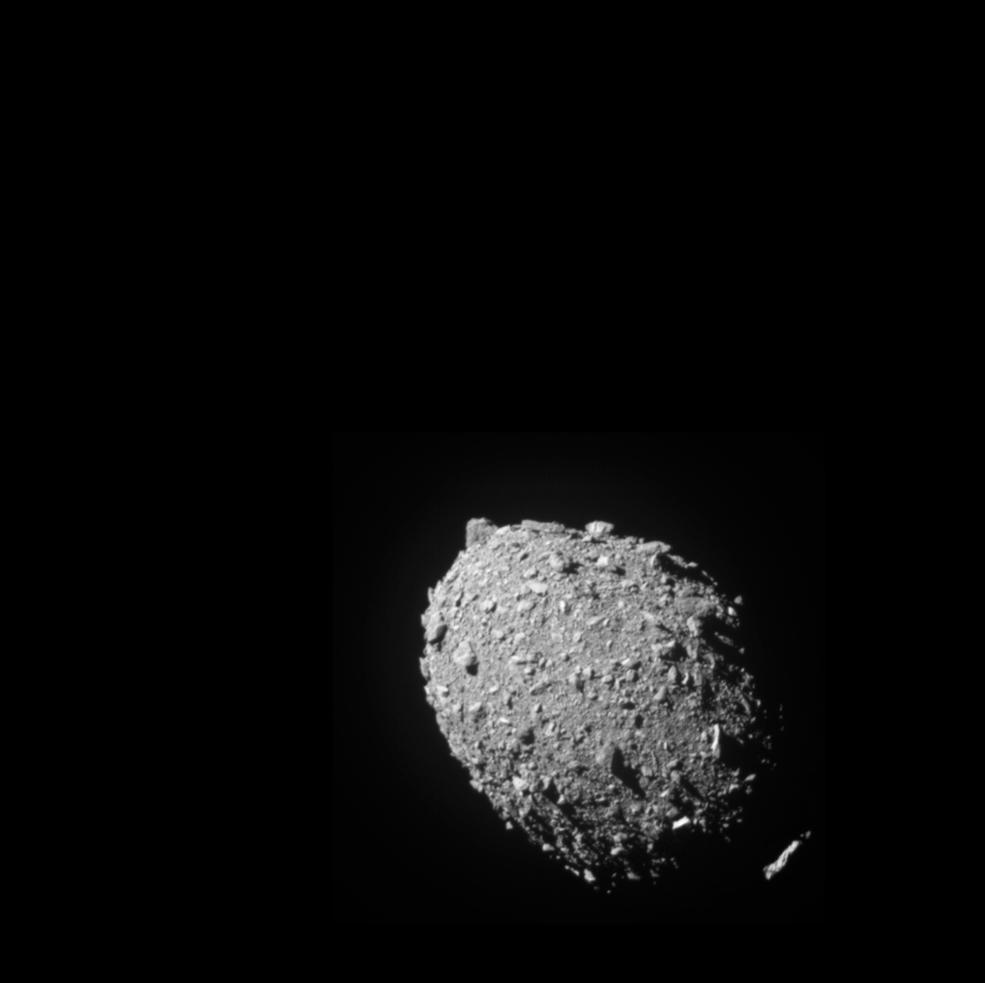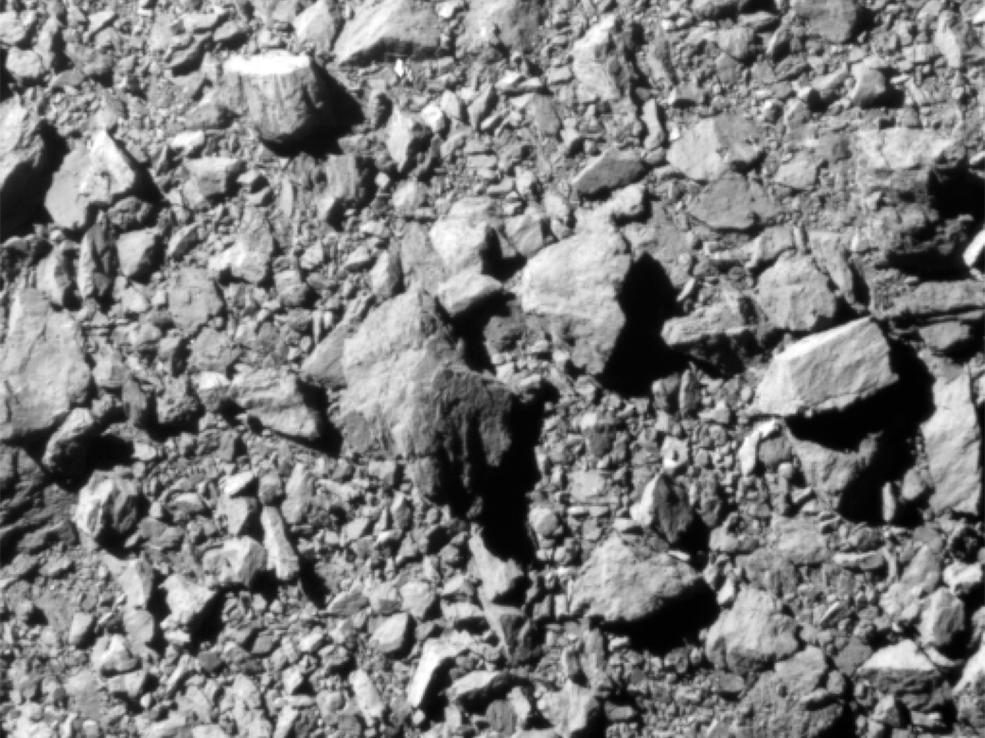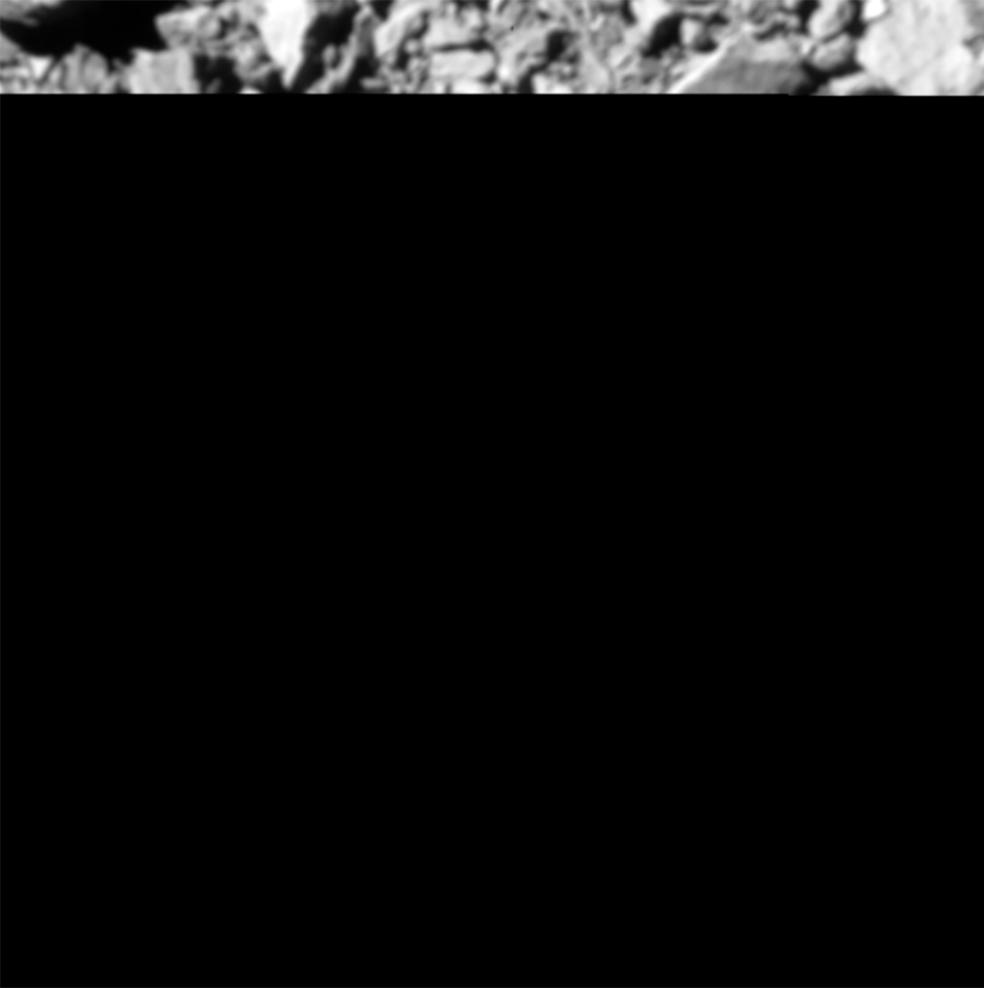Section Branding
Header Content
This is what NASA's spacecraft saw just seconds before slamming into an asteroid
Primary Content
NASA successfully slammed a spacecraft directly into an asteroid on Monday night, in a huge first for planetary defense strategy (and a move straight out of a sci-fi movie).
It's the high point of a NASA project known as the Double Asteroid Redirection Test, aka DART, which started some $300 million and seven years ago. The craft launched into space in Nov. 2021 on a one-way mission to test the viability of kinetic impact: In other words, can NASA navigate a spacecraft to hit a (hypothetically Earth-bound) asteroid and deflect it off course?
Monday's test suggests the answer is yes. Scientists say the craft made impact with its intended target — an egg-shaped asteroid named Dimorphos — as planned, though it will be about two months before they can fully determine whether the hit was enough to actually drive the asteroid off course. Nonetheless, NASA officials have hailed the mission as an unprecedented success.
"DART's success provides a significant addition to the essential toolbox we must have to protect Earth from a devastating impact by an asteroid," Lindley Johnson, NASA's planetary defense officer, said in a statement. "This demonstrates we are no longer powerless to prevent this type of natural disaster."
Importantly, NASA says Dimorphos is not in fact hurtling toward Earth. It describes the asteroid moonlet as a small body just 530 feet in diameter that orbits a larger, 2,560-foot asteroid called Didymos — neither of which poses a threat to the planet.
Researchers expect DART's impact to shorten Dimorphos' orbit around Didymos by about 1%, or 10 minutes, NASA says. Investigators will now observe Dimorphos — which is within 7 million miles of Earth — using ground-based telescopes to track those exact measurements.
They're also going to take a closer look at images of the collision and its aftermath to get a better sense of the kinetic impact. This is what it looked like from Earth, via the ATLAS asteroid tracking telescope system:
The Italian Space Agency's Light Italian CubeSat for Imaging of Asteroids deployed from the spacecraft two weeks in advance in order to capture images of DART's impact and "the asteroid's resulting cloud of ejected matter," as NASA puts it. Because it doesn't carry a large antenna, it adds, those images will be downlined to Earth "one by one in the coming weeks."
The instrument on the spacecraft itself, known by the acronym DRACO, also captured images of its view as it hurtled through the last 56,000-mile stretch of space into Dimorphos at a speed of roughly 14,000 miles per hour.
Its final four images were snapped just seconds before impact. The dramatic series shows the asteroid gradually filling the frame, moving from a faraway mass floating in the darkness to offering an up-close and personal view of its rocky surface.
Here it is on video (it's worth leaving your volume on for mission control's reaction):
The final image, taken some 4 miles away from the asteroid and just one second before impact, is noticeably incomplete, with much of the screen blacked out. NASA says DART's impact occurred during the time when that image was being transmitted to Earth, resulting in a partial picture.
See for yourself:
Copyright 2022 NPR. To see more, visit https://www.npr.org.
